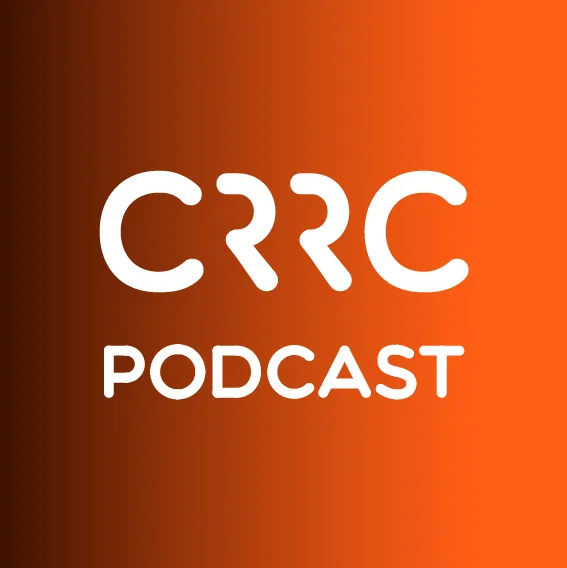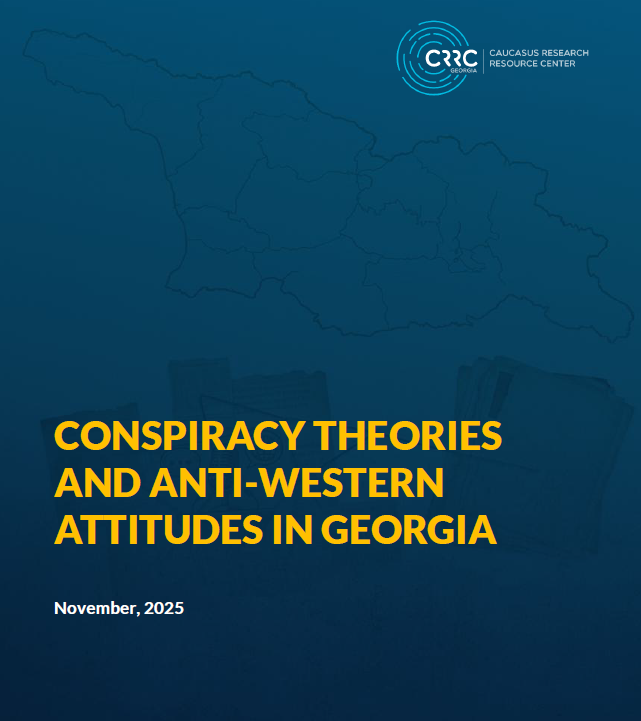Source: Social Capital, Media and Gender in Azerbaijan, 2012
Television plays a pivotal role in Azerbaijan since the majority of the population uses it as their main source of information. Moreover, when asked to assess the level of importance for media to freely publish news and ideas without government control, 75% of Azerbaijanis think this is very important for TV. This is followed by fewer people who say that this freedom is very important for the radio (23%), internet (34%) and newspapers (27%).
In general, newspapers are less preferred in the country. 79% of Azerbaijanis do not read newspapers at all, 10% read them but not daily, and the other 11% say they read newspapers at some point on an average day. This indication of discontent with printed media seems to be stronger in rural regions where the percentage of those who do not read newspapers at all increases to 87%. The most common reasons people give for not reading newspapers are little interest (37%), not enough time to read them (21%), insufficient distribution (14%) and a lack of money (11%).
Source: Social Capital, Media and Gender in Azerbaijan, 2012
Source: Social Capital, Media and Gender in Azerbaijan, 2012.
More trends emerge with regard to radio usage. 56% of the population listens to news on national radio channels at least once a week and about 10% listen to regional channels for news. However, much of the population listens to the radio for entertainment such as popular (83%) or classical (61%) music.
In summary, Azerbaijanis still prefer to rely on television and personal networks to obtain the news. It will be interesting to observe if Azerbaijan will follow the same path as many western countries in which there is an increasing importance of new media or if it will continue to place primary importance on TV and personal networks.







